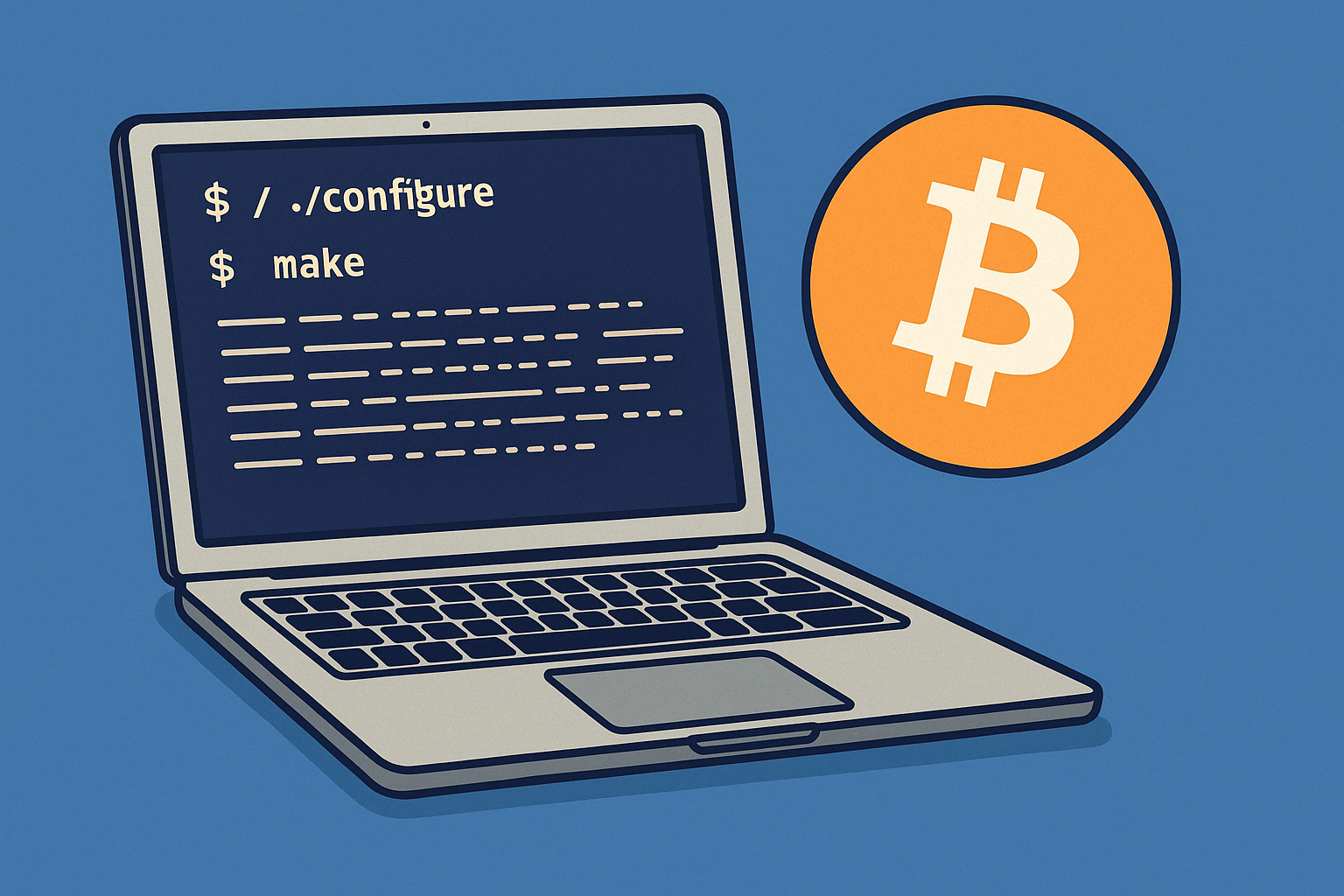When people first start using Bitcoin, they usually focus on the basics: receiving, sending, and maybe even buying from an exchange. But one of the most overlooked — and misunderstood — features of the Bitcoin protocol is something called the change address.
It sounds harmless, but if you ignore how it works, it could cost you real money.
In this guide, we’ll break down what a change address is, how it works, and the five most common ways it can lead to accidental BTC loss. If you’ve ever wondered where part of your Bitcoin “disappeared” after a transaction — this is probably why.
What Is a Bitcoin Change Address?
Let’s say you have 1 BTC in your wallet, and you want to send 0.6 BTC to a friend. Unlike a traditional bank account, Bitcoin doesn’t allow you to simply subtract the exact amount. Instead, it works with UTXOs — unspent transaction outputs — and if you use one, it must be spent entirely.
So, what happens to the leftover 0.4 BTC?
That “change” gets sent back to you, but not to the same address you sent from. Instead, your wallet automatically creates a new address — a change address — and sends the remainder there.
If your wallet is doing its job, you may not even notice. But here’s the catch: if you don’t understand this behavior, you might think you’ve lost your BTC — or worse, actually lose it.
Five Common Ways to Lose Money with Bitcoin Change Addresses
1. Not Backing Up After the First Address
Most new users think that backing up their wallet once — right after generating a receiving address — is enough. But wallets often generate new change addresses dynamically.
If you don’t update your backup (or use a seed phrase that covers all future addresses), any coins sent to these change addresses could be completely inaccessible in the future. This is one of the most common causes of “vanished BTC” among early users.
2. Importing Only One Address Into a New Wallet
Let’s say you have a private key for an address that once held BTC. You import it into a new wallet expecting to see your full balance, but it’s empty. Why? Because the real funds are sitting in a change address — and you didn’t import that one.
Bitcoin wallets like Electrum use HD (hierarchical deterministic) key structures, meaning the wallet manages dozens or hundreds of related addresses. Importing just one private key leaves the rest behind.
3. Manually Crafting Transactions (And Messing Them Up)
Some advanced users like to build raw transactions manually — for privacy, control, or testing. But one small mistake in output structure, and you might send your change to a wrong or unowned address. Once confirmed, that BTC is gone forever.
This issue also happens when using certain wallet scripts or command-line tools without properly specifying the change output.
4. Using Watch-Only Wallets Without Tracking Change Addresses
Watch-only wallets let you monitor addresses without holding the private keys. They’re great for transparency — but if you only import your main addresses and not the change paths, you won’t see the full picture.
Your wallet may look empty even though it’s not. Worse, if someone else is managing the spendable keys but hasn’t backed up the change path, recovery is impossible.
5. Wallets That Hide Change Outputs
Some wallets, especially mobile or beginner-friendly ones, try to “clean up” the user interface by hiding change addresses from transaction history.
While this improves usability, it often causes panic when users check their balance and see less BTC than expected. In reality, the change was sent to another address they control — they just don’t realize it.
In a few cases, this confusion has led users to re-send funds or even reset wallets unnecessarily.
Why Electrum and Other Advanced Wallets Show You the Change
Wallets like Electrum are designed for transparency. They show full address paths, including change addresses, and let you customize how transactions are built. This makes them ideal for anyone managing multiple wallets, using Bitcoin long term, or wanting full control over UTXOs.
Here’s what a change address looks like in Electrum:
By learning to recognize change addresses, users gain better insight into their wallet behavior and avoid costly surprises.
Final Thoughts: Change Isn’t the Problem — Not Knowing Is
Bitcoin’s change address mechanism is fundamental to how it works. It’s not a flaw — it’s a feature. But like many powerful tools, it requires understanding.
To avoid losing money with change addresses:
- Use wallets that clearly display all addresses
- Always backup using a full seed phrase (not just one private key)
- Be cautious when crafting transactions or importing addresses
- Don’t panic if your balance looks strange — dig deeper
In Bitcoin, knowledge really is power. The more you understand your wallet’s behavior, the safer your coins will be.














